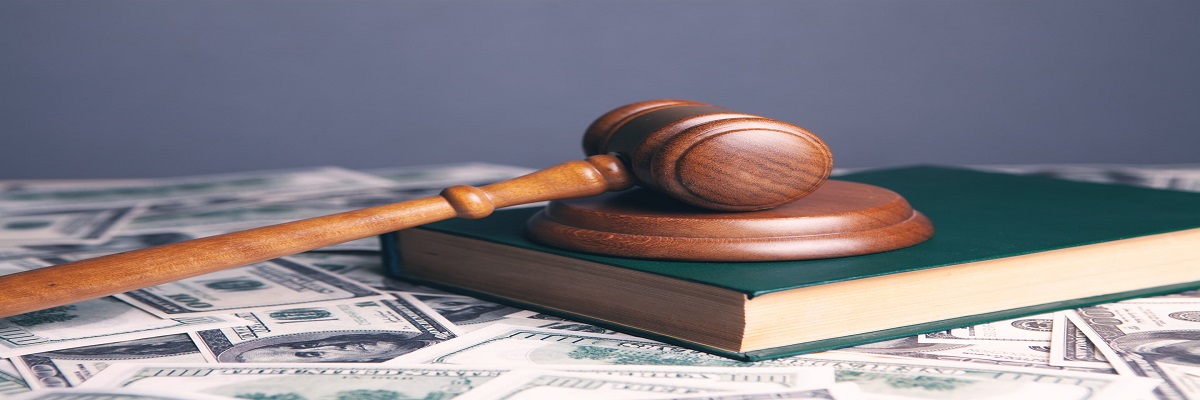Call: 888-297-6203
Filing for bankruptcy is a complicated procedure and a filer must adhere to all the provisions of the bankruptcy codes. Therefore, it is mostly recommended to consult a good attorney before you decide on filing for bankruptcy to get proper guidance. An individual or business who suffers from an overburden of piled-up debts usually files for the legal procedure of bankruptcy.
If the business or individual is unable to cope with the adding up of debts, they can apply to file for bankruptcy under the united states bankruptcy court. To get in touch with an attorney who can guide on smoothly on the above, log on to – https://recoverylawgroup.com/bankruptcy/.
Types of bankruptcy and the chapter under which you can file
- Chapter 7 – Also known as liquidation, under this chapter you (both business and individual) can get rid of your debts by liquidating (selling off property) as per the norms to pay off the creditors. When you file for bankruptcy under chapter 7, a trustee is appointed who foresees all the paperwork as well as liquidates all non-exempt property along with paying off the creditors with the funds procured from liquidating.
- Chapter 11 – This chapter is only for business and not for individual filers. Under chapter 11, you get the opportunity to reorganize your debts and pay the dues either in full or part depending on the priority.
- Chapter 12 – This chapter is restricted only to Farmers and fishermen to repay their debts over a period of time.
- Chapter 13 – This chapter is available only for individuals with a regular source of income. Chapter 13, also known as the repayment Plan, allows individuals with debts to catch up on their payments over a period of 3-5 years. Under this chapter, you can pay off your debts in part for 3-5 years as decided by the court. However, domestic support obligations – alimony, child support, and Student loan must be paid in full and are not dischargeable.

